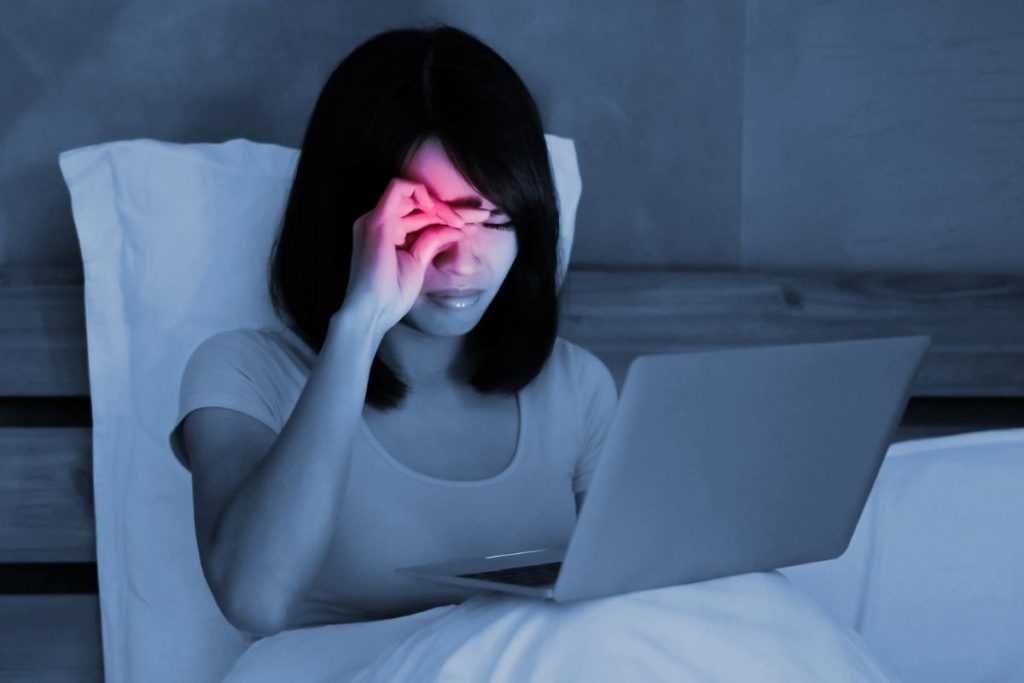It is engrained into our minds to not perceive the possible dangers of some diseases’ inconspicuous signs and symptoms till something daunting event like a sudden crash or fainting takes place. Especially when it comes to our eyes.
Blurry visions might be a recurrent sign of weakening eyesight but we tend to postpone our visits to the ophthalmologist till we are actually black-out. Unless we suddenly fear that it might be gone forever. In the course of such events, we realize (too late) that many of the eye conditions had been manifesting since long and they could have been prevented if we paid heed to them. An inch of an extra effort to visit our eye doctor to make sure, we were on the safe side of life.
There are more than 50 eye disorders that may be purely caused due to poor hygiene or eye-care. Cataracts, diabetic retinopathy, and acute red eyes are some of the lead causes of blindness worldwide, and we are going to learn their unique signs and symptoms to safeguard the nourishment and life of our eyes.


Cataracts:
A cataract can be defined as the clouding of the eye’s lens which is found between the iris and the pupil. This is a normal condition which may develop with age and is found predominantly in people with age over 40 years. It can also progress to blindness.
The signs and symptoms for the cataract may include any of the following:
- Blurred vision
- Sunlight or headlights of oncoming cars may feel to be glaring
- The dull appearance of colors
The cause or triggers for the development of cataracts may include:
- Prolonged exposure to Ultraviolet Radiation from sunlight or other laboratory sources
- Diabetes
- Hypertension
- Recent eye injury or inflammation
- Recent eye surgery
- Family history or genetic predisposition
- Smoking
- Obesity
Diabetic Retinopathy:
It is a life-threatening disease caused by the buildup of sugar in the blood and it is currently one of the leading causes of death, worldwide. The eye damage occurs when there is a chronic build-up of blood sugar levels because high levels can cause blockage in the blood vessels that are present within the eyes and cause blockage of blood flow to the eye.
The signs and symptoms of diabetic retinopathy may include one of the following features:
- Shadow in your field of view
- Blurry or distorted vision
- Fluctuating vision
- Double vision
- Eye pain which persists
- Cataracts
- Corneal abrasions or abnormalities such as slow healing of wounds
- Swelling, deposition, bleeding or leakage of fluids from blood vessels
- Nerve damage leading to loss of control of eye movements.
People who are prone to developing diabetic retinopathy may include people with uncontrollable spells of high blood pressure (hypertension) and pregnant women along with high levels of blood glucose.
Red Eye:
The red-eye refers to the cases where the eye appears to be red, irritable and seems bloodshot. It may manifest in any of the following ways:
- Broken blood vessel on the sclera (subconjunctival hemorrhage)
- Inflamed Eyelids (blepharitis)
- Red bump on the eyelid, also known (stye)
The redness in the eye may differ in the intensity across which they affect the eye. They may either appear to be completely bright red or manifest as few enlarged blood vessels across the white space of the eye.
The causes or triggers for the formation of a red eye may include:
- Allergies
- Eye infections (such as conjunctivitis or pink eye)
- Eye injuries
- Eye fatigue
- Over-wearing the contact lenses
In some cases, the red eye may also indicate more serious causes like glaucoma or uveitis. If the red-eye persists, then consult your ophthalmologists at the earliest.
Vision is one of the most precious blessings from our Lord and therefore requires that we take care of it to the best of our ability. Visit your nearest ophthalmologist today for booking an appointment and getting your eyes checked for any hidden diseases.

